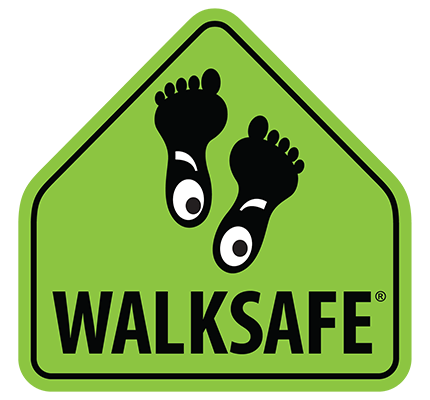Street safety for everyone!
Looking for an opportunity to share street safety knowledge with your children? We've got you covered.
WalkSafe and BikeSafe education is now available online from our Virtual Education portal. These online courses are multi-module learning opportunities for kids of all ages and grades, complete with quizzes and completion certificates.
Additional resources for parents are also provided, including a Family Safety Guide with recommendations for the safest walkable and bikeable facilities available for you and your children.
Unmatched course content.
All WalkSafe Virtual courses feature unique, vibrant images and compelling narratives to share the story of street safety with youths of all ages.
Courses are currently available for elementary and middle school-aged youths, with more courses are on the way.
Did we mention they're entirely free?























